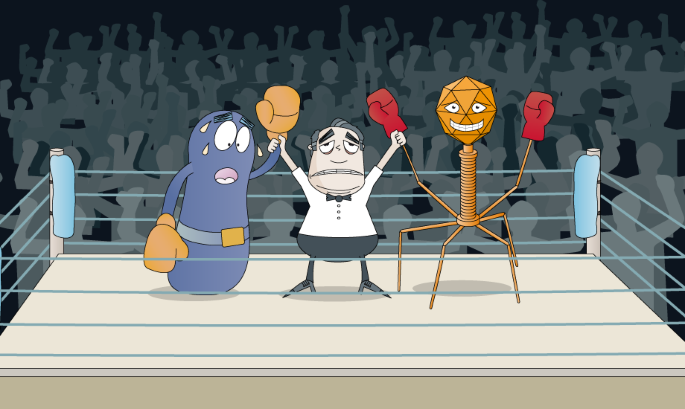
Whenever we encounter the word “Virus”, an instant perception that comes to our mind is; the virus is the deadliest being and it usually has a negative impact in terms of infection and disease on mankind. But little do we know, not all viruses are pathogenic to humans but to bacteria and other viruses or not pathogenic at all. These viruses when exploited could bear therapeutic and prophylactic effects on the human body by combating human pathogenic bacteria.
A war has been raging for billions of years between bacteria and viruses. Bacteriophages or phages are viruses that infect and kill only bacteria. Phages are undoubtedly the most successful and the most abundant organism in the biosphere. There are more of these ubiquitous phages on earth than all other organisms combined i.e. 1031. These phages require bacterial cells for their survival and reproduction. Even after being specific to particular bacteria, up to 40% of bacteria in oceans are killed by phages every day.
Phage Therapy:
Phage therapy (PT) is the use of bacteriophages to treat bacterial infections. It might sound new but the potential of phages to kill bacteria was realized by Felix d’Herelle in 1917.
Felix speculated on the antibacterial properties of phages and proposed the term “Phage Therapy”. A century ago there was a great interest in phage therapy but with the discovery of antibiotics, research in this direction almost stopped. Currently, due to the emergence of antimicrobial resistance or AMR in bacteria, science has again inclined towards phage therapy. Different studies are being conducted to evaluate the scope and challenges of PT.
The Bacteriophages are administered orally and subcutaneously. Phages reach into the internal organs within 10 hours and can remain in the human body for up to few days.
Phage therapy has yet been reported to be effective against Pseudomonas aeruginosa infections, Staphylococcal lung infections or MRSA, neonatal sepsis, surgical wound infection, and urinary tract infections. Phage Therapy is also being used in food industry. FDA approved phage mixtures are used to prevent the growth of pathogenic bacteria in food e.g. Salmonella, Listeria, M. tuberculosis, E.coli and Campylobacter. Bacteriophages are also used to destroy bacteria on surfaces as a cleaning agent.
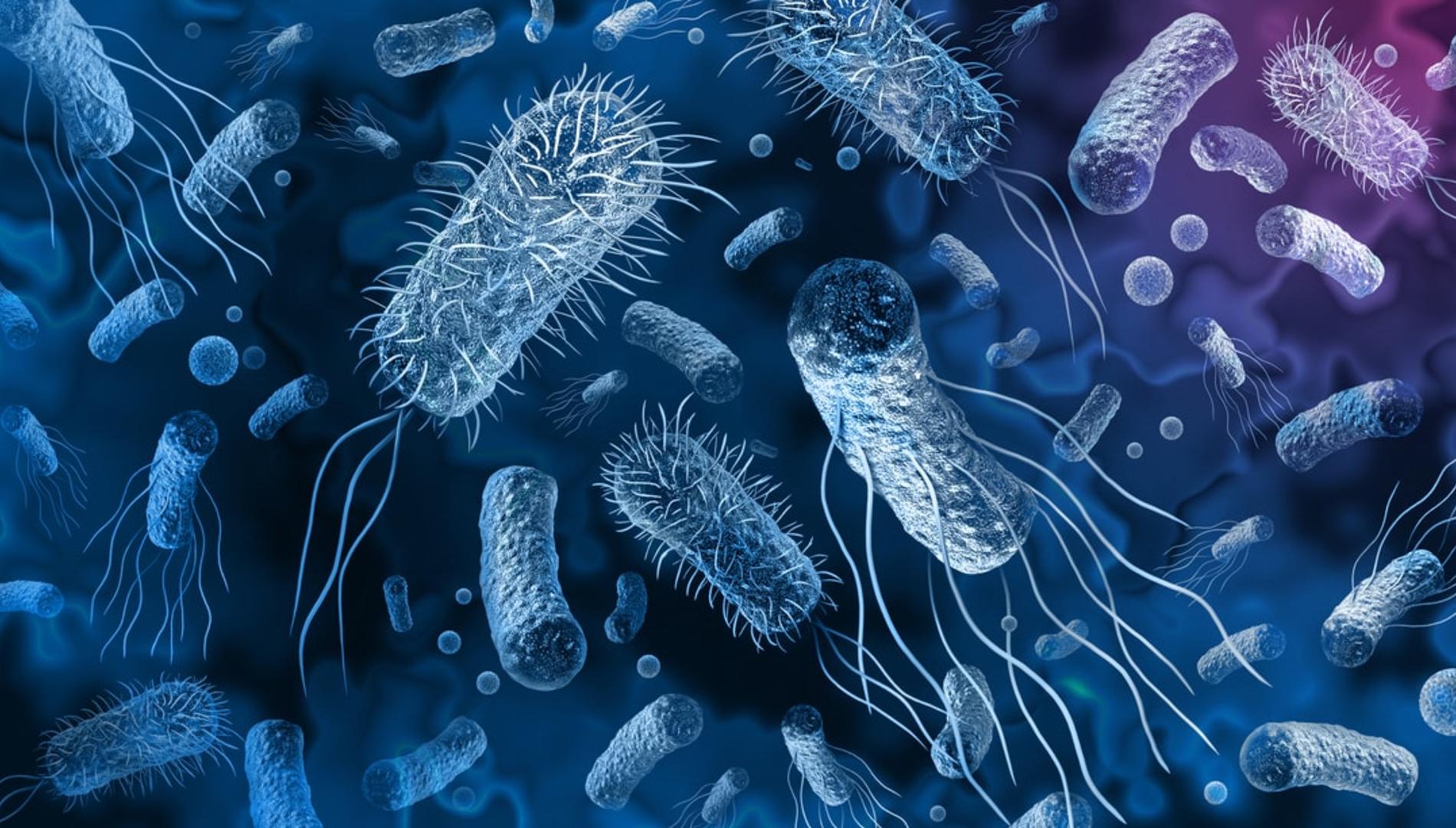
Characteristics of a Bacteriophage:
To get a better comprehension of phage therapy, it’s a must to understand the structure, life cycle, and mode of action of bacteriophages. A Bacteriophage is composed of DNA or RNA, surrounded by a protein capsid. It consists of 3 regions i.e. head, neck, and tail. Bacteriophages kill bacteria by causing them to burst or lyse and release its component into the environment. Phages attach to the bacterium, penetrate the cell wall. Later comes the two life cycles; Lytic and lysogenic. In the lytic cycle, the virus manufactures its own components by using host machinery. It rapidly kills their infected host cells by stopping cell activity and replication and causes the cell to lyse. In contrast, instead of directly killing the host cell, phages integrate their genome or exist as plasmids within the host cell in the Lysogenic cycle.
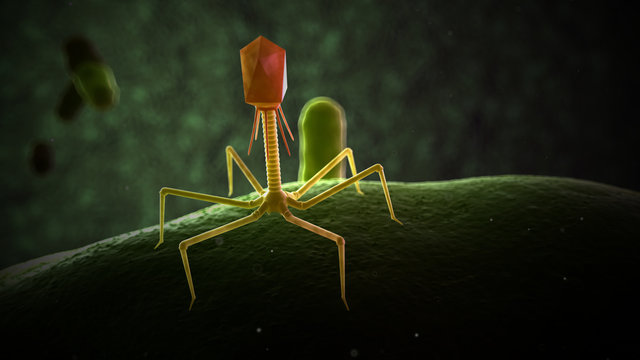
Phage Therapy vs. Antibiotics:
Antibiotics are antibacterial chemicals that destroy bacteria in our body, decrease the bacterial load and thus treat bacterial infections. Antibiotics have widely been used since the discovery of penicillin to treat bacterial infections. But due to the misuse and overuse of antibiotics, multi-drug resistant microorganisms or “Superbugs” have emerged. The efficiency of antibiotics in fighting superbugs has greatly decreased. More than 35,000 deaths and nearly 3 million illnesses are reported, caused by superbugs. Some other reasons for AMR in bacteria are over-prescription of antibiotics, patients not finishing the entire antibiotic course, poor hygiene, and absence of new antibiotics being discovered.
Another shortcoming of antibiotics is that they attack both the good and the bad bacteria in the body. Good bacteria in the body are necessary to fight off bad pathogenic bacteria and to avoid any imbalance in the body. This leads to overall good health, properly functioning immune system, and digestion.
Advantages of Phage Therapy:
Some of the advantages of phage therapy are:
- Bactericidal Agent: Phages are bactericidal; they kill the bacteria, unlike bacteriostatic antibiotics.
- Auto dosing: Phages are capable to increase their population at the host site. Phages themselves contribute to establishing phage dose.
- Biofilm Clearance: Due to their ability to infiltrate their way into biofilms by lysing a bacterial cell layer at a time, phages can display the biofilm to exopolymer degrading depolymerases. According to Haines Cazares, quorum sensing can affect bacterial susceptibility to phages.
- High Specificity: Due to the high specificity of phages towards bacteria, phages only work against their pathogens of interest. There is minimum disruption in the normal flora of the body.
- Lack of cross-resistance with antibiotics: Bacteria resistant to antibiotics are not resistant to phages due to the presence of different resistant mechanisms in both cases.
- Low toxicity: For phage therapy, highly purified phage preparations are used to prevent anaphylactic responses to bacterial components.
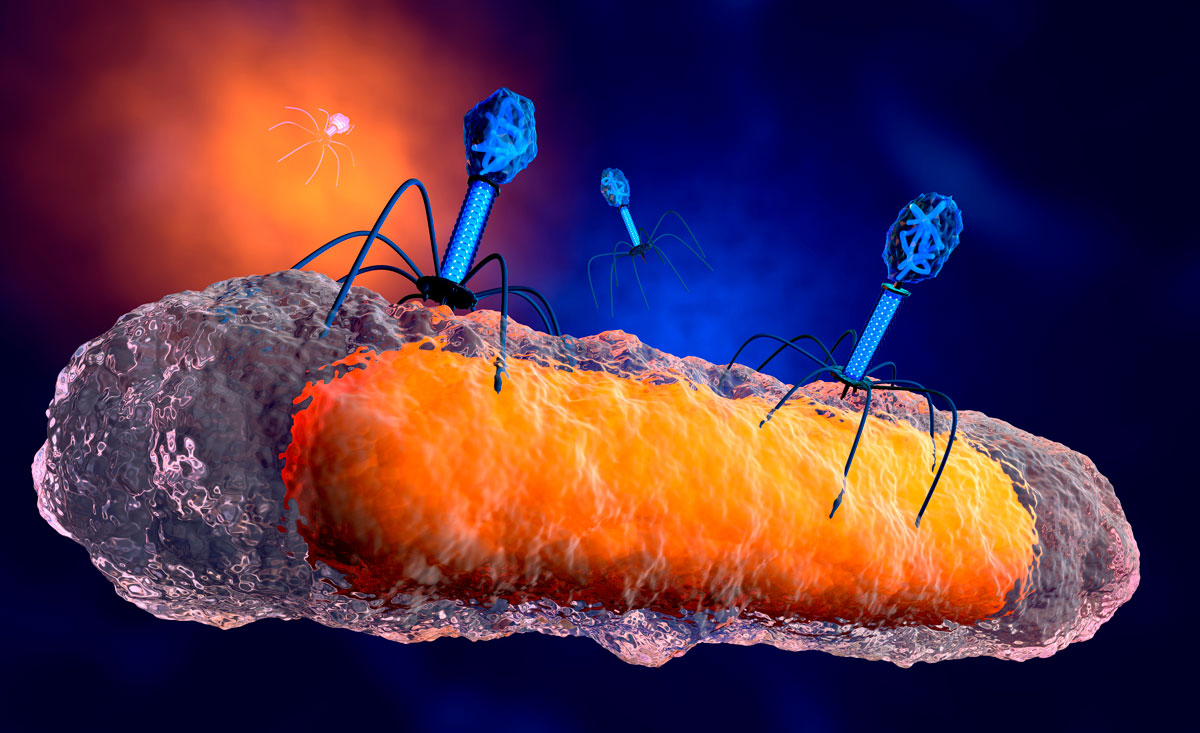
Shortcomings of Phage Therapy:
- Super-infection immunity: Conversion of phage-sensitive bacteria to insensitive ones.
- Phage Selection: The selection and characterization of a competent phage is an expensive and extensive method. The aim should be to identify those phages that display good pharmacokinetics, good primary pharmacodynamics, and minimal secondary pharmacodynamics.
- Narrow Host Range: Typically the narrowness of phage host ranges puts limitations on treatments that begin before the identification of the pathogen’s susceptibility to antibacterial. The problem of narrow host range could be overcome by using a combination of phages or ‘Phage Cocktails’.
Phage Therapy for COVID-19:
In the wake of the emergence of COVID-19 disease, several promising treatments and vaccine candidates are in pipeline or have been developed to fight against the virus. Even though the ongoing large-scale (Phase 3) clinical trials are in progress for COVID-19 vaccines, there is still a need for a multi-faceted approach. Alternative treatments for mild or severe cases, patients with obesity, diabetes, hyper-cholesterol, and other health conditions need to be explored.

Antibiotics are being used to treat bacterial co-infections that have caused an increase in the mortality rate of COVID-19 patients. As the pandemic progresses, using phages to treat bacterial infection is becoming unlikely. As the phages have high specificity to the individual species of bacteria, there would be a necessity for additional tests to find the combination of effective phages for each patient. But due to limited resources, it would be a big challenge to pursue. Furthermore, the therapeutic use is yet to be proven in phase 3 trials for any disease. The phages could mutate and interact with the immune system in unforeseen ways, making their regulation even more complicated. Phage therapy could be an exciting way to reduce antibiotic usage but is unlikely to play a direct role in combating the COVID-19 pandemic.
According to Fauconnier et al., PT use has been little explored for low-income and middle-income countries. World Health Organization (WHO) should play a significant role in deployment of phage therapy. WHO could promote and build a regulatory system for phage products. Pirnay predicted PT scope for personalized therapies in the next 25 years.
![]()

A research student at NUST, aspire to be a great writer in future.
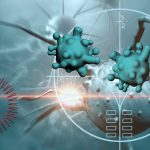
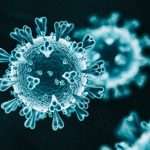

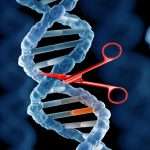

A really informative blog indeed 👏 hats off to your remarkable efforts
Great piece of information 🤙
Keep it up 🤩
Indeed very useful information !!!
Impressive work 💛💛
Very interesting, Good job 🙂
bookmarked!!, I really like your blog!